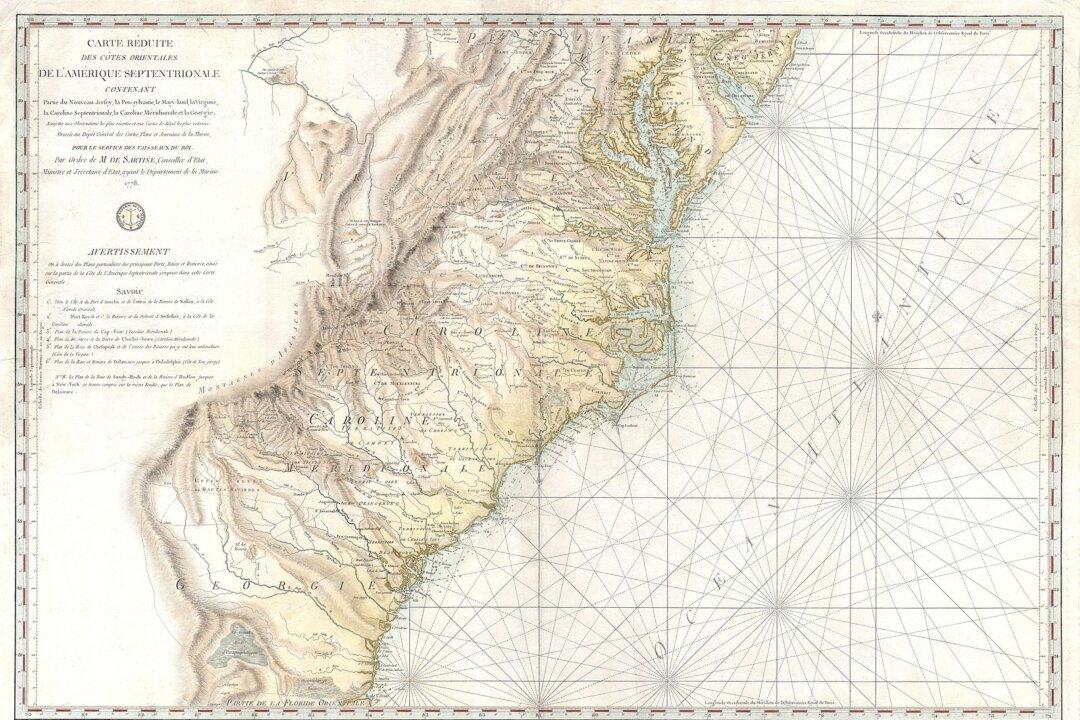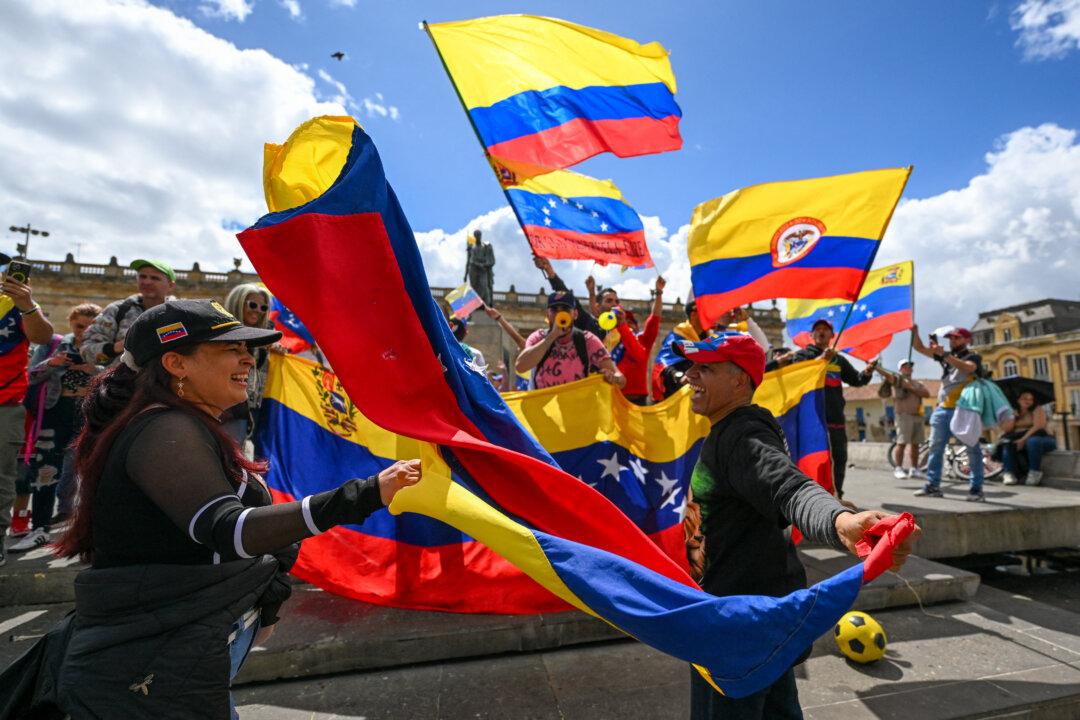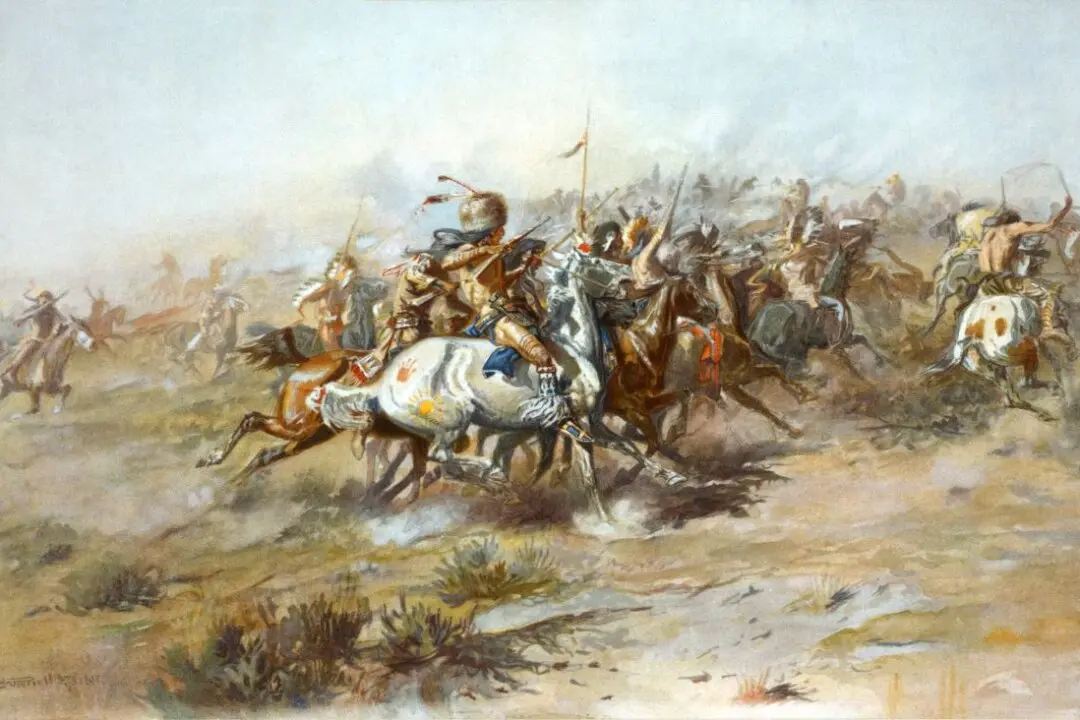In 1753, a year before the French and Indian War erupted, Charles and Elizabeth Pinckney moved from Charleston, South Carolina to London with their three children to enable their two young sons, Charles Cotesworth (1746–1825) and Thomas (1750–1828) to obtain a formal education. Charles Sr., a lawyer by trade, was stationed as a colonial agent for Great Britain, while Elizabeth, was already established as a successful business manager and botanist. In 1758, Charles and Elizabeth, along with their daughter Harriott, moved back to Charleston, leaving the boys to receive their education at the prestigious Westminster School.
Almost immediately upon their return, tragedy struck the family. Grief stricken, Elizabeth wrote a letter to the headmaster of the Pinckney boys’ school: “This informs you of the greatest misfortune that could have happened to me and my dear children on this side Eternity! I am to tell you, hard as the task is, that my dear, dear Mr. Pinckney, the best of men, of husbands and of fathers, is no more!”






